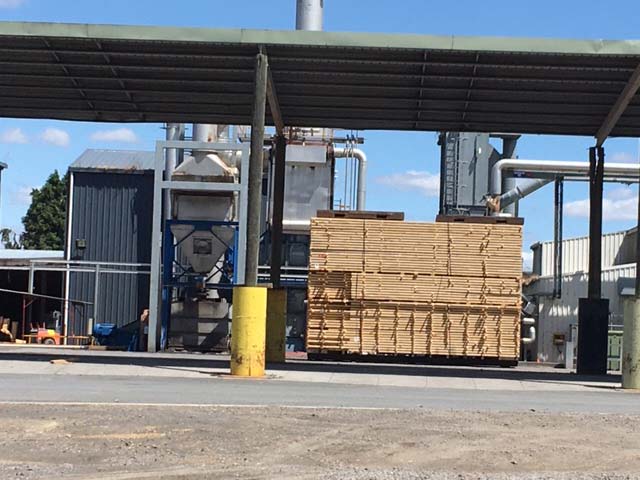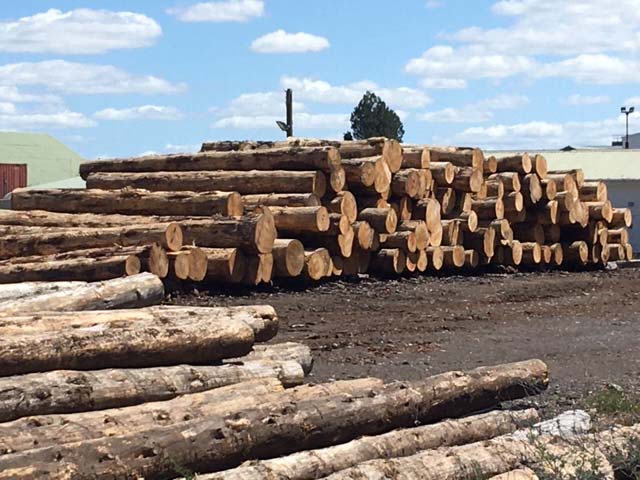The Bioturbine uses carbon neutral wood waste which would otherwise be an environmental source of CO2 and methane (up to 100 times more significant than CO2 as a source of “greenhouse heating”) within a few years or burnt for low grade heat. Very large quantities of suitable waste are available, much of this can be used in applications which effectively “lock up” the carbon for a few decades e.g. in fibre board, but there is a substantial amount which will inevitably be abandoned if not utilised in high efficiency CHP plant.
One of the attractions of Bioturbine power generation is that it can offer smaller generation units either on site or local to the energy demand. The Bioturbine Project is an attractive biomass technology owing to its intrinsic simplicity and low capital cost. The overall market for non-fossil fuel energy is very large and has great potential.

A unit size of 250kWe is suitable for the initial production of Bioturbines as a suitable gas turbine genset is available. This unit size, taken with the high exhaust temperature typical of gas turbines makes it potentially a very attractive CHP unit particularly in the UK, which has does not have a historic established heat network infrastructure. Units of about this size should not pose significant problems when connected to the low voltage power system and will provide power and heat for the generating site, small communities, local industry or substantial business/public buildings. Several small units can be used to give added security when the required capacity is larger.
It is proposed that market entry in the UK will be with a 250kWe Bioturbine in the wood processing sector using sawdust waste which has limited commercial value for other applications that would “tie-up” the carbon for an extended period. This is probably sufficient for ~25MWe in the UK and 500MWe+ in NW Europe.

